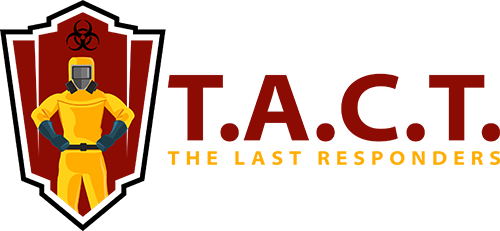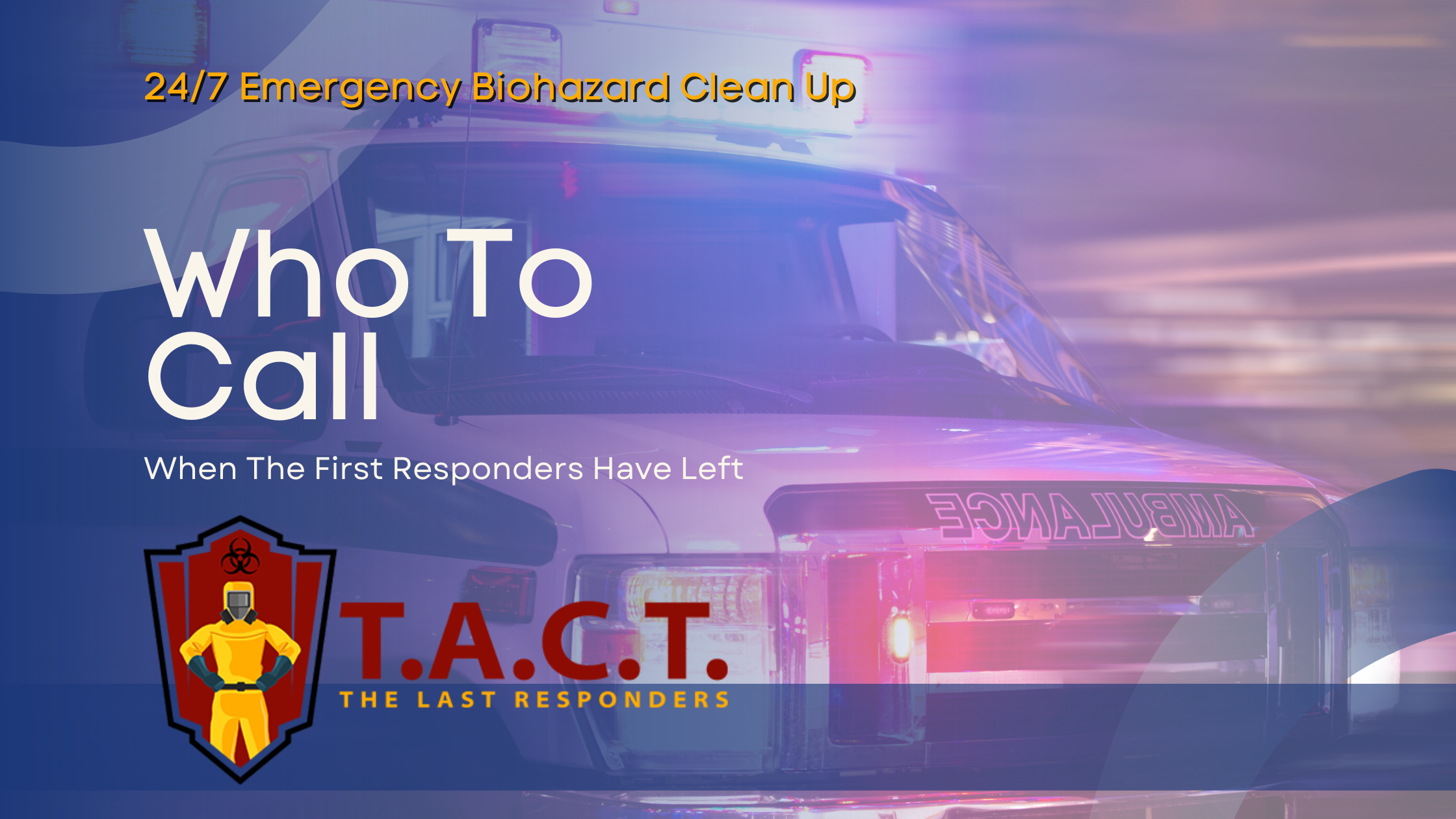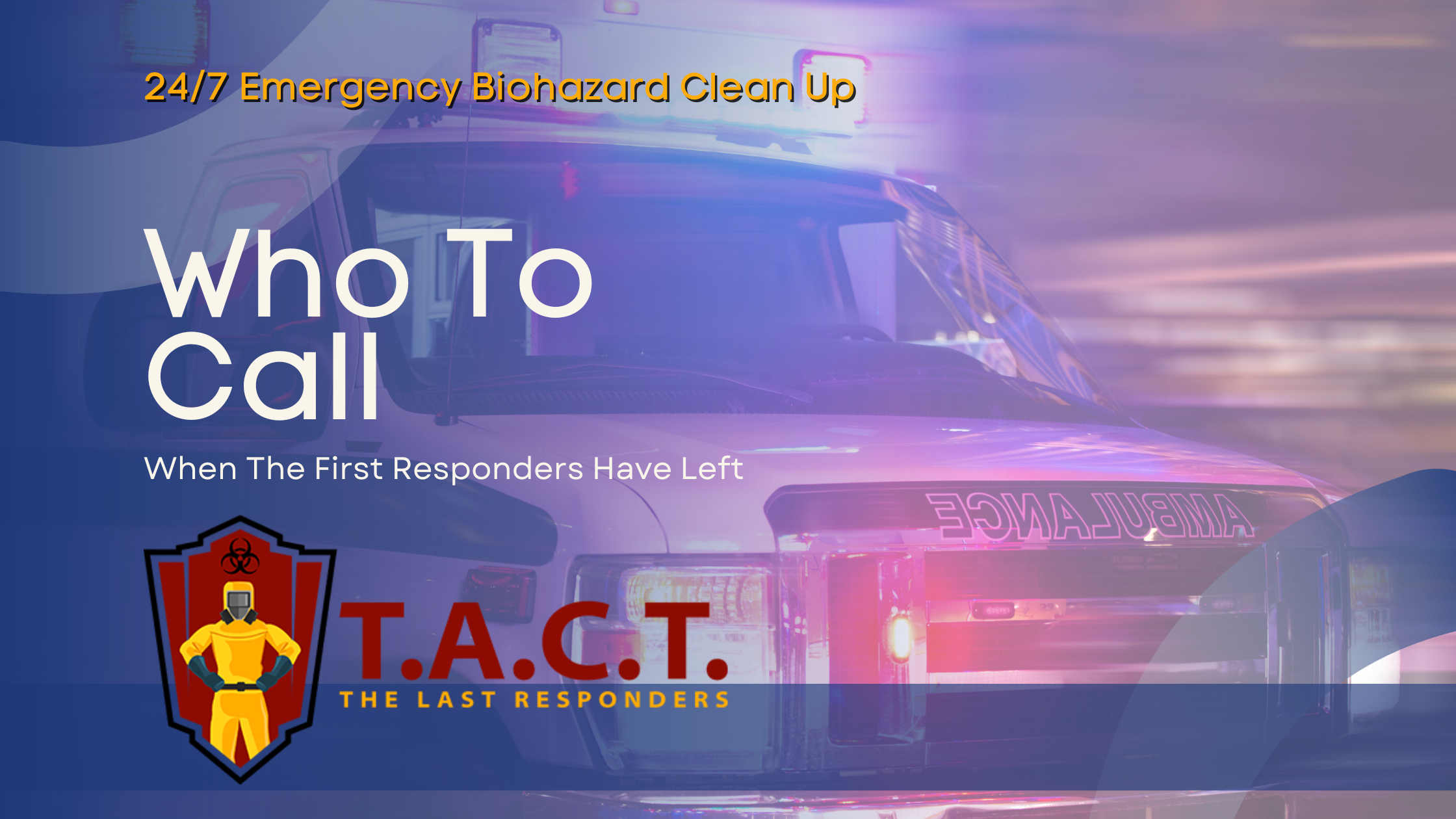hoarding cleanup

Structural Cleaning: Essential Hoarder Cleaning Checklist - A Practical Guide to Declutter
Hoarding is a deeply personal and often misunderstood issue that affects countless individuals and families. It’s not just about clutter but about the emotional and psychological factors that make letting go of possessions so difficult. If you’re preparing for a hoarding cleanup, either for yourself or a loved one, it’s a task that requires planning, understanding, and compassion. This guide will provide you with essential steps to tackle the challenge effectively while maintaining empathy and respect.
For those in need of professional support, TACT of North Atlanta specializes in hoarding interventions and cleanups, offering trusted expertise and compassionate services during even the most challenging situations.
Introduction to Hoarder Cleaning
Hoarder cleaning is far more complex than a standard cleaning job—it’s a specialized service that addresses the unique challenges found in properties affected by excessive accumulation. The restoration process goes beyond simply clearing out debris; it requires a comprehensive approach to cleaning, restoring, and safeguarding the property. Advanced cleaning methods are used to tackle persistent issues such as mold growth, unpleasant odors, and health hazards that often develop in these environments.
Professional teams are trained to identify and remove contaminants, soot, and smoke damage that may be hidden beneath layers of clutter. In many cases, the process also involves the careful handling and restoration of sensitive materials, including electronics, furniture, and specialty items that may have been exposed to moisture, mold, or smoke. By using advanced techniques and specialized equipment, professionals can restore the property to its pre-loss condition, ensuring that all materials are thoroughly cleaned and that the environment is safe and healthy for occupants. This holistic approach not only addresses the visible mess but also the underlying issues that can compromise the integrity and safety of the home.
Understanding Hoarding Behavior and Intervention
Hoarding behavior goes beyond the surface-level mess—it’s rooted in emotional and psychological complexities that require a thoughtful approach. Here’s how you can lay the groundwork for a successful hoarding cleanup:
Recognizing the Signs of Hoarding
To determine if intervention is necessary, watch for:
Pervasive clutter that obstructs living spaces.
Difficulty discarding possessions, regardless of value.
Potential health hazards like pest infestations, mold, or biohazards.
Understanding these signs allows you to approach the situation with greater awareness and sensitivity.
Supporting a Loved One
Family and friends are key to providing emotional support. When intervening, avoid judgment and maintain open lines of communication. Engage the individual in the decision-making process to ensure they feel respected and empowered.
Addressing Emotional and Psychological Needs
Hoarding behaviors often develop as coping mechanisms tied to anxiety, grief, or depression. Counseling or therapy, along with professional cleanup services like those offered by TACT of North Atlanta, can help address these deeper issues and pave the way for long-term change.
Preparing for the Cleanup
Before you start the physical process of cleaning, preparation is essential to ensure safety and efficiency. Careful planning and coordinated efforts are crucial for a successful hoarding cleanup.
Assess the Space
Evaluate the extent of clutter and any potential damage, then create a cleanup schedule. Breaking the process into manageable chunks reduces overwhelm for both the organizer and the individual experiencing hoarding.
Gather Supplies
Stock up on essential tools for the task:
Heavy-duty trash bags.
Brooms, mops, and all-purpose cleaners.
Protective gloves and masks.
Having supplies ready ensures smooth progress when it’s time to start.
Arrange for Junk Removal
For bulky items or excessive trash, it’s more practical to hire a junk removal service. Many items may require special disposal, and professionals can handle this part safely.
Consider Hiring Specialized Cleaning Professionals
Hoarding situations often involve biohazards, sharp objects, or pest infestations. Professionals, like the team at TACT of North Atlanta, have the expertise to safely manage these hazards while maintaining empathy and respect throughout the process. They can also lead the assessment and cleaning process, ensuring all hazards are properly addressed.
Safety Precautions and Hazards
Hoarding cleanups can pose significant safety risks. Following these safety measures is crucial to prevent accidents and health issues:
Wear Protective Gear: Masks, gloves, and closed-toe shoes are non-negotiable.
Ensure Ventilation: Open windows and doors to improve air quality.
Watch for Hazards: Be cautious of sharp objects, unstable furniture, and slippery floors. It's important to recognize potential risks and structural weaknesses during the cleanup to prevent further damage or injury.
Check for Infestations: If pests or mold are present, address these immediately before continuing.
Keep a First Aid Kit Nearby: Minor injuries can happen, so be prepared.
Decluttering and Organizing
Decluttering is a gradual process that demands patience. Here’s how to tackle it effectively:
Start Small
Focus on one room at a time, beginning with a manageable space like the bathroom. Early victories build momentum and confidence.
Sort Methodically
Use categories:
Keep.
Donate.
Throw away.
Allow the individual to weigh in on sentimental items to make the process smoother.
Use Storage Solutions
Organize kept items with labeled boxes or bins. Having a clear system makes it easier to maintain order moving forward.
Take Breaks
Cleaning is physically and emotionally taxing. Schedule regular breaks to avoid burnout and keep energy levels up.
Specialized Cleaning Services
When it comes to restoring properties—especially commercial properties—after disasters like fire damage or water damage, specialized cleaning services are a major component of the restoration process. These services go beyond basic cleaning to address the unique challenges that arise from significant events. For example, cleaning the HVAC system and air ducts is essential for removing contaminants and restoring air quality throughout the building. Structural cleaning ensures that walls, ceilings, and floors are free from soot, mold, and other harmful substances that can threaten the structural integrity of the property.
Advanced techniques such as thermal fogging, ozone treatments, and pressure washing are used to eliminate persistent odors and remove smoke damage from all surfaces. HEPA vacuums and other specialized equipment are employed to capture fine dust, dirt, and debris, ensuring a thorough clean. These methods are particularly important in commercial settings, where downtime can impact business operations and the health of employees and customers.
Specialized cleaning services also address issues like mold growth and rust, which can cause further damage if left untreated. By recognizing the importance of these services and using the right equipment and expertise, property owners can ensure their building is restored efficiently and effectively to its pre-loss condition. This not only preserves the integrity of the structure but also creates a safe, healthy environment for everyone who enters the facility.
Deep Cleaning and Sanitizing
Once clutter is cleared, deep cleaning transforms the home into a safe and sanitary space:
Sanitize All Surfaces: Clean floors, walls, and countertops with disinfectants.
Use Specialized Equipment: For tough odors or stains, tools like steam cleaners can help.
Pay Attention to High-Traffic Areas: Kitchens and bathrooms should receive extra care.
Clean Furniture and Appliances: Removing dirt and bacteria from these items ensures a healthier environment.
Deep Clean Carpets: Thoroughly clean carpets to remove mold, odors, and contaminants that may have accumulated.
Cleaning restoration services may be necessary for homes affected by disasters, including addressing soot damage and water damage to restore the property to its pre-loss condition.
Focus on creating a fresh start while introducing practices to prevent future buildup. Deep cleaning may reveal areas needing repair or repairs, and recovery efforts can help recover valuable items and support the overall recovery process.
Maintaining a Clean and Organized Space
To sustain the progress made during a hoarding cleanup, ongoing maintenance is critical:
Establish a Cleaning Schedule: Regular upkeep prevents mess from accumulating.
Set Rules for New Items: Consider limiting what enters the home to avoid future clutter.
Create a Maintenance Plan: Assign specific tasks and timeframes for deep cleanings.
Hire Recurring Help: Services like TACT of North Atlanta offer continuous support if needed.
Additionally, addressing the root causes of hoarding through therapy or counseling can help ensure lasting behavioral changes.
Finalizing the Cleanup
After completing the cleanup, it’s important to tie up all loose ends to solidify progress:
Conduct a Walk-Through: Check for any remaining mess and address missed areas.
Document Results: Photos can serve as a testament to your hard work and remind the individual of their accomplishment.
Celebrate Success: Acknowledge the effort that went into the process and encourage pride in the results.
Provide Ongoing Support: Regular check-ins and encouragement can make a world of difference.
The Role of Compassion and Professional Help
Tackling hoarding cleanup is no easy task. By combining patience, understanding, and practical strategies, you create a resilient foundation for the individual to regain control over their living space—and their life. Partnering with professionals like TACT of North Atlanta can provide peace of mind and ensure the process is handled with care.
If you or someone you know is struggling with hoarding, take heart. Every step forward, no matter how small, marks progress toward a cleaner, healthier, and more organized life.



